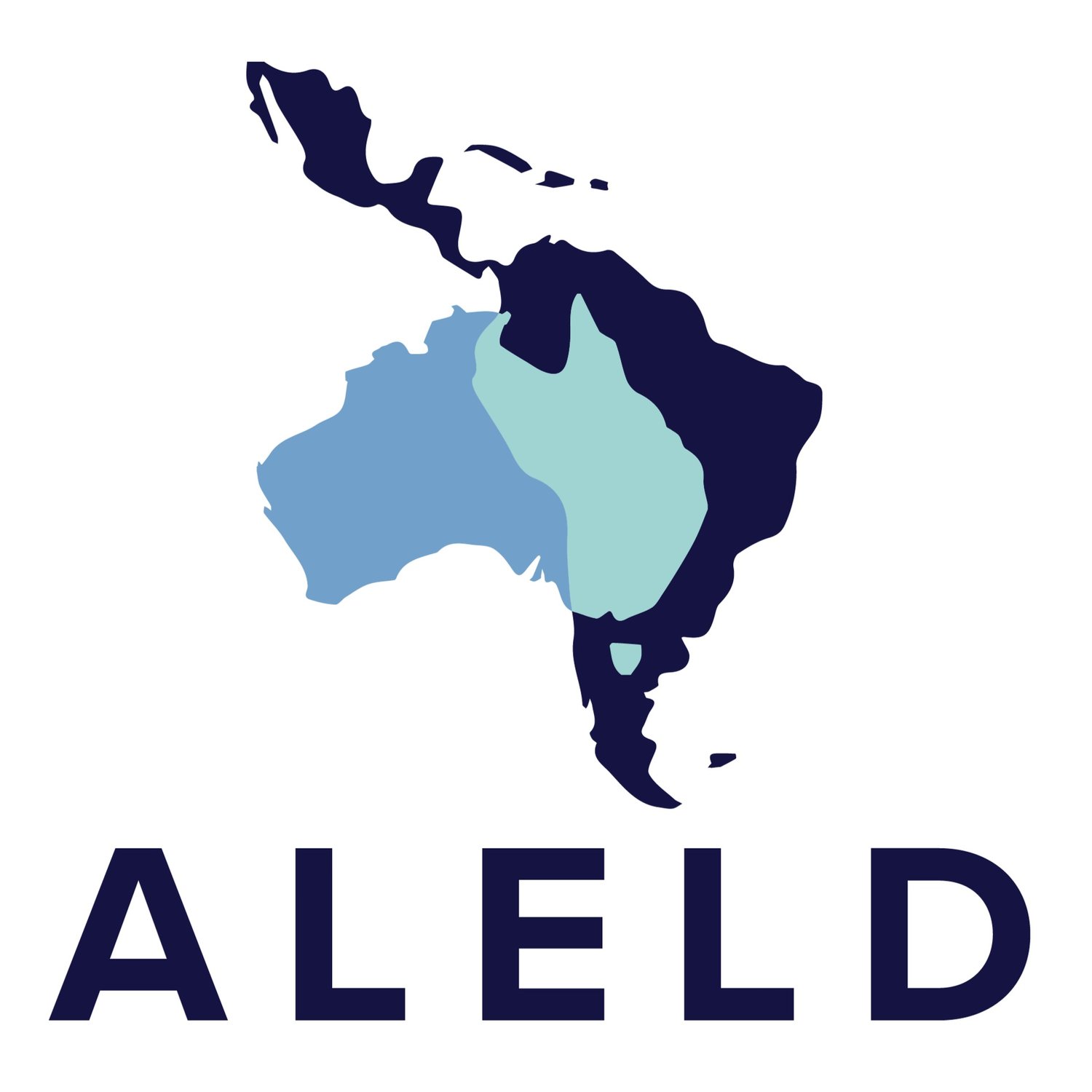A Green Light for Latin America’s Feminist Movement
On 30 December 2020, Argentina made history as Latin America’s largest, and only the continent’s fourth country to legalise abortion. News of the historic vote reverberated across international media, signalling a breakthrough for abortion rights in the historically conservative and majority Catholic region.
The law—signed in January by President Alberto Fernandez—makes elective procedures terminating pregnancy legal and free for women up until the fourteenth week of pregnancy. The legislation narrowly passed the lower and upper houses in late 2020, gaining just a few more votes than it did in 2018 when it failed to pass Argentina’s senate. The victory for women’s reproductive rights in Argentina is the result of years of activism by the panuelo verde (‘green handkerchief’) movement, whose efforts have sought to make political support for legalised abortion more personally visible across Latin America.
Argentina had until 2021 only allowed pregnancy terminations in the case of rape or if the pregnancy endangered the life of the mother. Similar laws limiting safe and legal abortions are still enforced across almost the rest of Latin America.
Despite restrictive pregnancy termination laws, it is estimated that the region has the highest abortion rate in the world. In 2019 in Argentina alone, it was estimated that 50,000 women were hospitalised each year due to complications from unsafe abortions. With Argentina taking by far the largest step on the continent to bring abortion procedures out from the shadows, reproductive rights activists are hoping that a marea verde – or ‘green tide’ – will lead to greater health, security, and family planning outcomes for women across Latin America.
Image by Daniela Spina
Fighting For Women’s Lives
The fight for greater safety and freedom in women’s reproduction is coinciding with an equally urgent battle to arrest the growing horror of femicide in Latin America.
‘Femicide’ is the murder of women and girls based on their gender. The scourge of femicide in Latin America is worsened because most cases go unsolved and unprosecuted. The push to distinguish ‘femicide’ from non-gendered ‘homicide’ is gaining momentum as parts of Latin America experience spikes in murder and violence against women. There is also now greater willingness from the families of victims to report gendered violence.
In Mexico, clashes with police and against government inaction to address the pandemic of gendered violence have sparked more militant activism amongst protestors. These tactics aim to make the invisibility and injustice of gendered violence an uncomfortable and unignorable problem for authorities who have repeatedly failed to act to stem the crisis. For protestors, systemic inaction and silence is as much the problem as the violence it fails to arrest. A lack of good data on the prevalence of femicide and gendered violence across Latin America also obscures efforts to see the problem clearly.
Building Awareness and Momentum
Both reproductive rights activists and campaigners against gendered violence across Latin America are fighting to bring women’s health and insecurity out from the darkness and into the public light. Highly visible tactics aimed at raising awareness and support for reform are beginning to bear fruit. The victory for legalised abortion in Argentina will be seen as a sign for feminist movements across Latin America that progress is possible through relentless and organised activism.
Where green handkerchiefs signalled public support for legalised abortion, protestors against gendered violence are fighting darkness and complacency with incandescent rage. Argentina shows for the first time that the growing energy of feminist movements in Latin America can overturn national policy in a region of considerable conservative cultural and political inertia.
The fight for women’s lives in Latin America will likely continue to gather grassroots, intersectional, and transnational energy on its way to further national breakthroughs across the region.
Content Disclaimer
The views expressed in this article are those of the author and do not necessarily represent the views or opinions of the Australia-Latam Emerging Leaders Dialogue.


